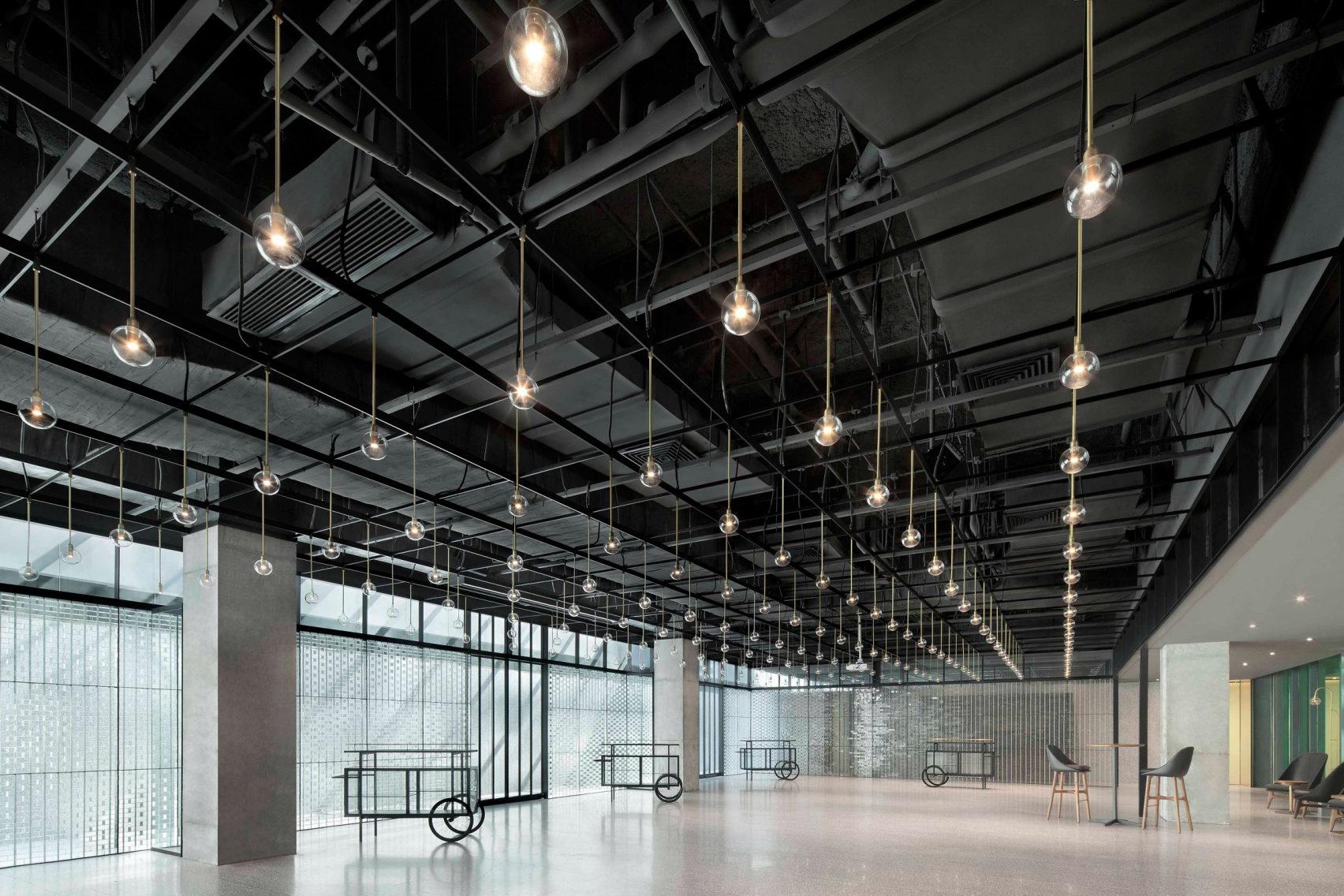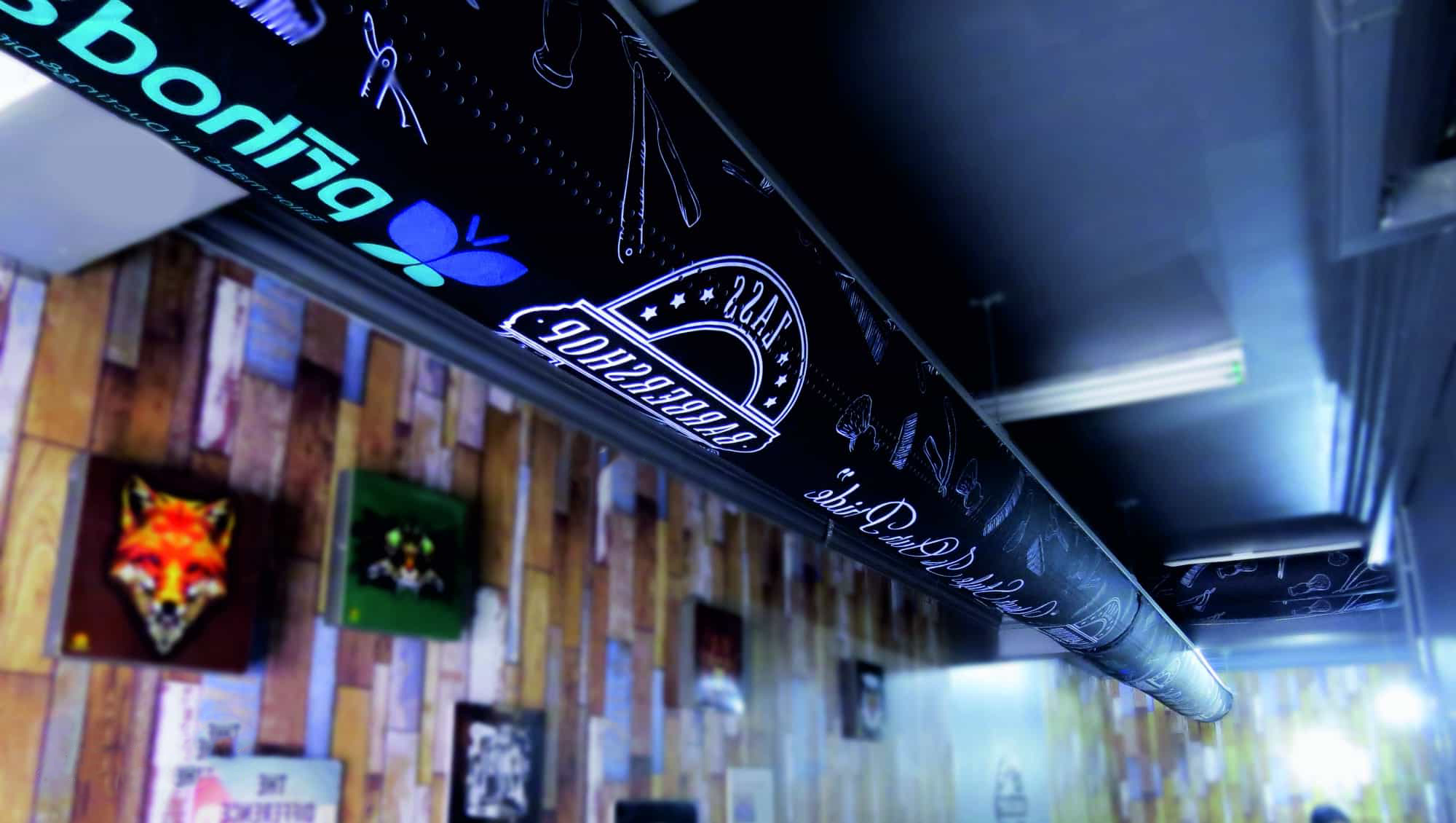Incorporating air vents and ductwork into your home’s design can be both functional and aesthetically pleasing. However, no matter which design approach you choose, it’s crucial to consult with an HVAC specialist before implementing any changes to your air vents and ductwork.
They can ensure that your design plans do not compromise the system’s efficiency or violate building codes. Engaging a professional will help you achieve a balance between aesthetics and functionality, ensuring that your home’s ventilation system operates effectively while complementing your interior design.
Here are some creative strategies to seamlessly integrate these elements:
1. Embrace Exposed Ductwork for an Industrial Look
Exposed ductwork can add a modern, industrial flair to your interior. By painting the ducts to match or contrast with your existing color scheme, they become a deliberate design feature rather than an eyesore. This approach works particularly well in spaces with high ceilings and open floor plans.
2. Integrate Vents into Built-In Features
Incorporating air vents into built-in shelves or cabinetry allows them to blend seamlessly with your interior design. This method conceals the vents within functional elements, maintaining the room’s aesthetic harmony.

3. Use Decorative Vent Covers
Replace standard vent covers with decorative ones that complement your décor. Options range from intricate metal designs to minimalist wooden grilles, enabling you to choose covers that enhance your home’s style.

4. Conceal Ductwork with Architectural Elements
Boxing in ductwork with soffits or false beams can hide these components while adding architectural interest. These structures can be designed to align with your home’s aesthetic, whether traditional or contemporary.

5. Incorporate Ductwork into Lighting Designs
Combining ductwork with lighting fixtures can create a cohesive and functional design element. For instance, pendant lights can be mounted on or near exposed ducts, turning necessary components into stylish features.

6. Opt for Floor Ventilation with Stylish Grilles
Floor vents can be fitted with stylish grilles that match your flooring material, such as wood or tile, providing a seamless appearance. This approach ensures that vents are both functional and visually appealing.
7. Highlight Ductwork with Strategic Placement
Positioning ductwork in areas where it can serve as a visual focal point, such as along a vaulted ceiling, can add character to a room. This strategy works well in spaces aiming for a loft-like or industrial aesthetic.

8. Apply Custom Paint Finishes
Applying custom paint finishes to vents and ductwork allows them to either blend in or stand out, depending on your design goals. For example, painting ductwork the same color as the ceiling can make it less noticeable, while a contrasting color can make it a feature.
9. Integrate Vents into Staircase Design
Incorporating vents into the risers of stairs or alongside the staircase structure can be an innovative way to disguise them. This method utilizes often-overlooked spaces for functional purposes.

10. Combine Ductwork with Artistic Elements
Using ductwork as a canvas for artistic expression, such as wrapping it with decorative materials or integrating it into wall art, can turn a functional necessity into a unique design feature.

Remember, any modifications to your HVAC system should be discussed with a qualified specialist to maintain optimal performance and safety standards.



